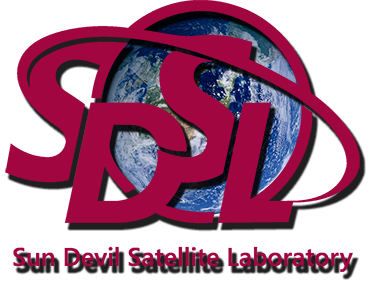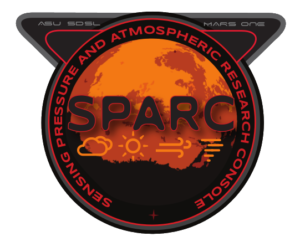
SPARC

The Sun Devil Satellite laboratory entered the Mars One university payload competition hosted by Mars One. Mars One is a non-profit organization based out of the Netherlands that has put forward plans on establishing a human presence on Mars. Mars One had a few spots left on there first unmanned mission in 2018 and decided to support STEM education and host a international competition for one of these spots. This was an amazing opportunity for ASU and SDSL to design and build an interplanetary payload. SDSL’s payload proposal ended up making the top ten out of university teams from around the world! The next portion of the competition was based on popular vote within the Mars One community. After trying to get our name out to the world we were featured in numerous science organizations including the local Arizona NBC news, but we fell short and did not win the competition. Through this process we were able to work with Ecliptic Enterprises Corporation on the design, compete in an international Mars competition and get our name out there which was a great experience for SDSL. Below is a more detailed explanation of the whole process.
The Mission:
SDSL thought long and hard about what the organization could do that would be of use to a Martian colony and simple enough to ensure mission success. During a meeting with some of the ASU professors supporting NASA Mars missions, the idea of recording weather patterns was put on the table. This was a attractive idea due to how simple it was, the payload would simply need a camera along with some basic sensors. What could go wrong? From this SPARC was born.
SPARC (Sensing Pressure and Atmospheric Research Console) is a very basic system consisting of the RocketCam system provided by Elliptic Enterprises Corporation, heater, pressure sensors, and a couple temperature sensors all wrapped up in an insulating layer. The system would operate by being pointed out at the Martian landscape, then it would sit and wait. Special software being developed at ASU would then be used to determine when something of interest was happening in the systems field of view. Once something like a cloud, dust storm, dust devil, or maybe even a moon passed within the field of view of the camera SPARC would switch on and record the event. It would then send the video along with associated pressure and temperature readings to the Mars One lander to be sent back to Earth. Once the data returned to Earth planetary scientists from around the world could use the footage to begin the process of characterizing Martian weather patterns.
SDSL believes that by characterizing Martian weather patterns the safety of the colony can be greatly increased. Mars is known to have some pretty violent dust storms, just ask the Spirit rover which has been fighting these storms for years now. In order to ensure that these weather patterns can be observed SPARC was kept simple and was backed by the School of Matter, Transport, and Energy, the School of Earth and Space Exploration, and Elliptic Enterprises Corporation.
SDSL will be on the lookout for other Mars missions or applications were SPARC can be used. This would be a robust design that hopefully will one day be used to aid the future of Mars colonization.
See more at https://community.mars-one.com/projects/martian-devils
